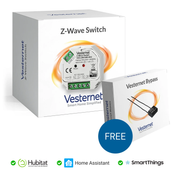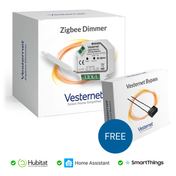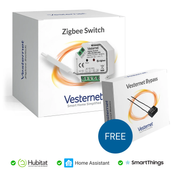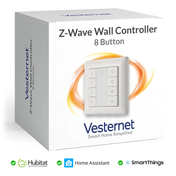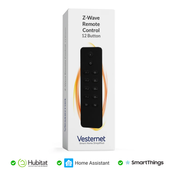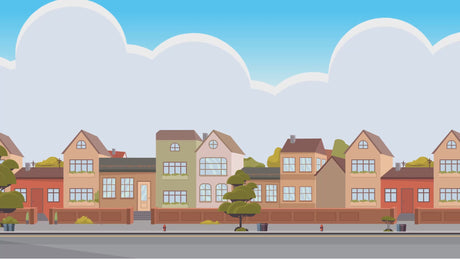Lighting systems have their own words and terminology. This is a quick guide to the common terms used so that we're all talking about the same things.
Lighting Circuits
1-Way Lighting
This is the basic lighting circuit where one light switch controls one light circuit. The light circuit can have one or more lamp fittings (lights).
2-Way Lighting / Multi-Way Lighting
A lighting system where one light is controlled by two (or more) switches. For instance a hall light that can be controlled from the hall and the upstairs landing. A typical wiring scheme is shown in Application Note 2 - Using 2-way lighting
Switches
Gang
Term used to say how many switches are on a switch face place. For instance if a switch has two switches that control different light circuits, this is know as a 2-gang switch.
2-Gang Switch
Switch that has two switches in one faceplate and can control two wired lighting circuits - often mistakenly called a 2-way switch
Momentary Switch
Momentary switches, also known as Retractive, Mono-Stable or Bell-Push, only remain in the On state while you press them, they return to the Off state when the button is released. These are commonly used in home automation systems.
Toggle Switch
Toggle, also know as latching and Bi-Stable switches, latch in position. For instance when you press the switch to On, the switch physically stays in the On position. These are the standard light switches you’ll find already fitted in your home.
Home Automation Lighting Controls
Dimmer
A wireless controlled actuator that controls the brightness of a wired light, it will be connected to the light via standard wiring. The dimmer does not actually turn off the power to the light, but reduces it to a tiny current that is too small to make the light illuminate - so it appears to be off. This is an important feature of a dimmer that enables it to work in a 2-wire lighting system, more information is shown in this short guide Why Smart Switches need Neutral.
Relay
A Relay, also known as Switch is a wireless controlled actuator that controls the On/Off state of a local appliance (load). The Relay controls the power going to the load via standard mains cables. A relay can be used to control lights and appliances. Relays (and Switches) must have neutral available, more information is shown in this short guide Why Smart Switches need Neutral.
Types of Light Bulbs
CFL Bulb
Stands for Compact Fluorescent Lamp - these are the 'Energy-Saving' light bulbs that started to replace traditional (incandescent) light bulbs. CFLs are starting to fall out of favour due to their slow reaction times, LEDs are becoming more popular. CFLs are generally non-dimmable and should not be used with dimmers.
LED
Stands for Light Emitting Diode. These modern light bulbs use very little power - typically 10% of the traditional incandescent bulbs. Dimmabale LEDs can be used with dimmers, but care has to be take to ensure that the LEDs are compatible with the dimmer being used.
Copyright Vesternet 2015
Updated: 31/01/2015


